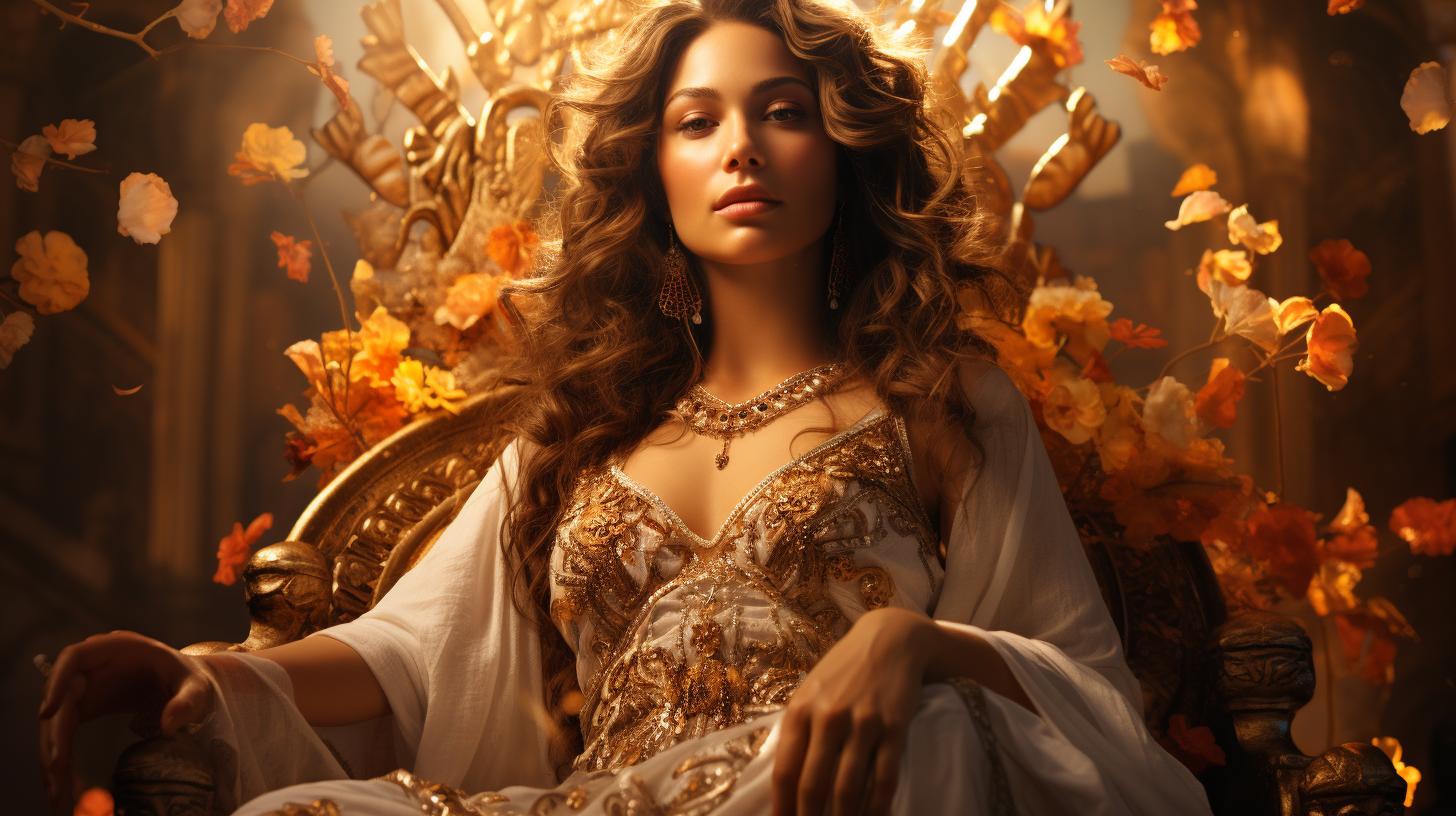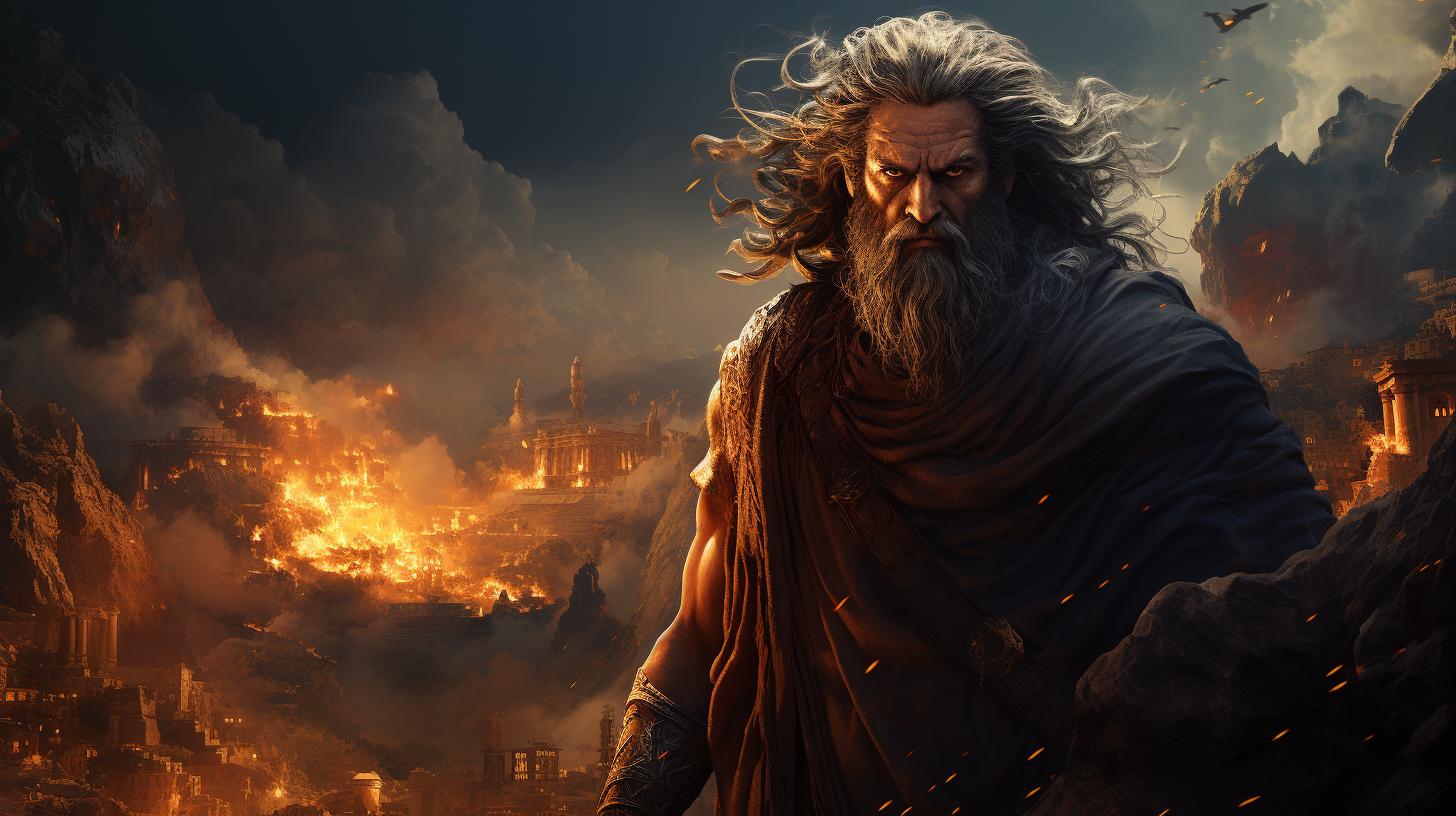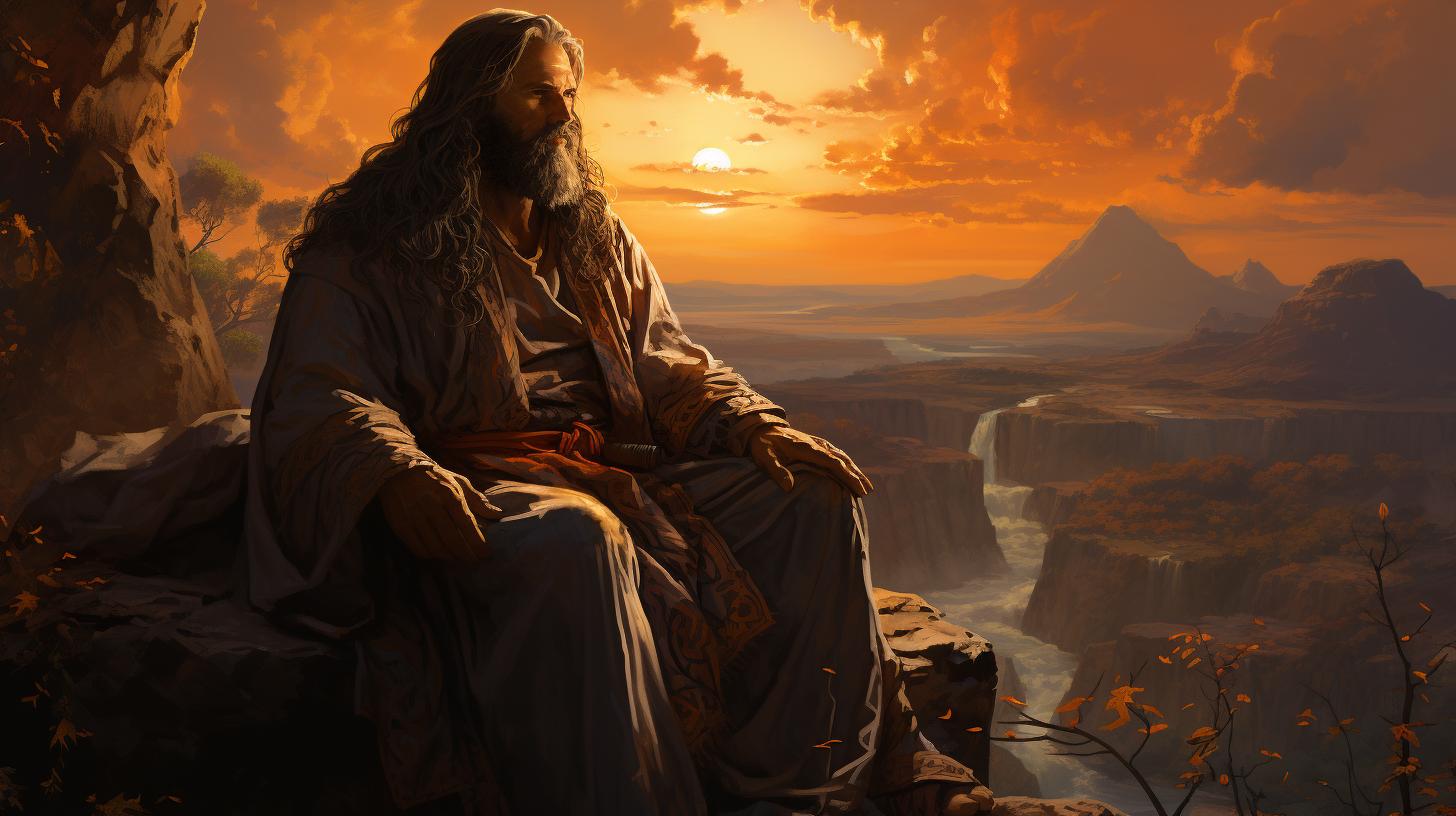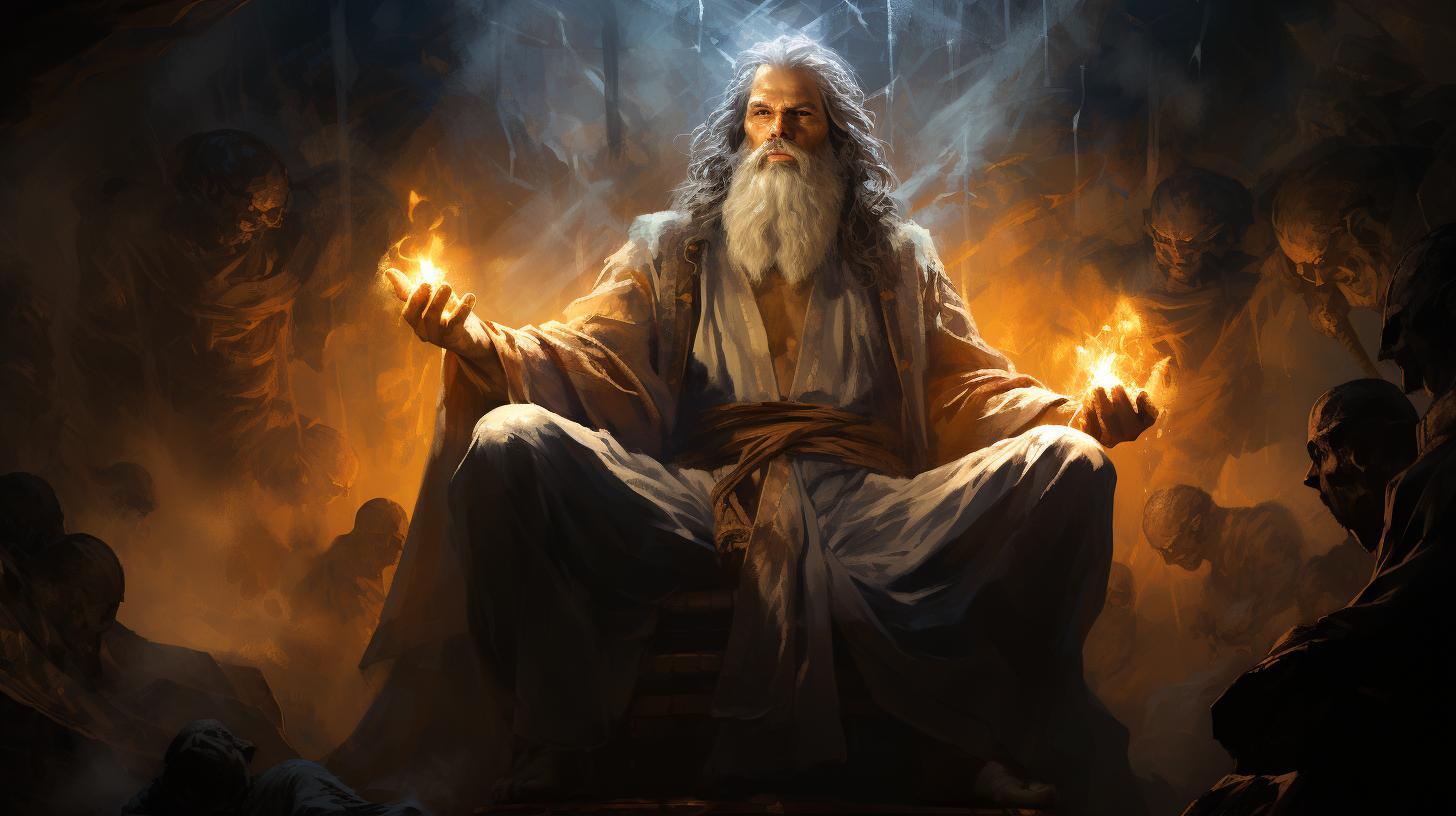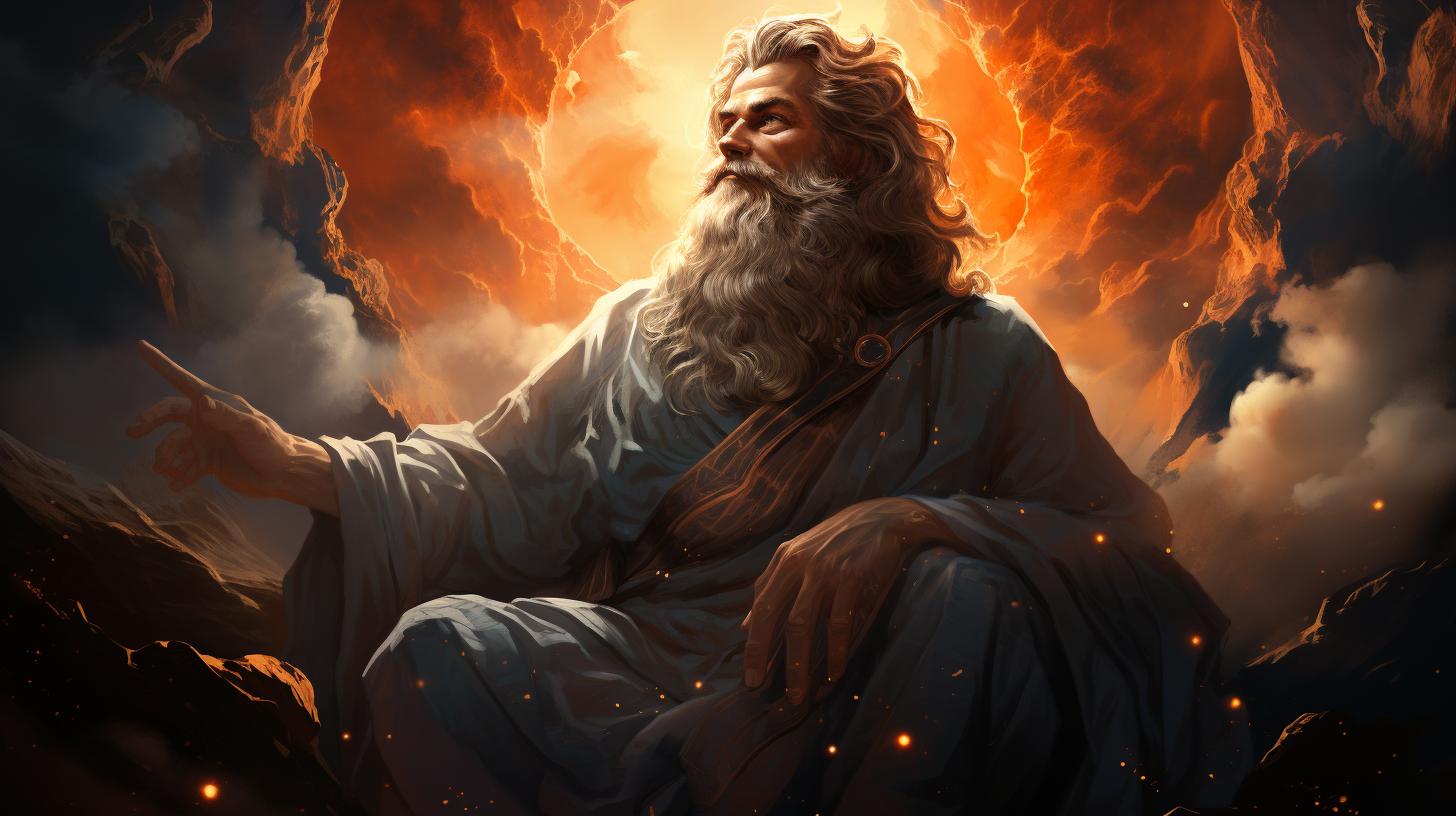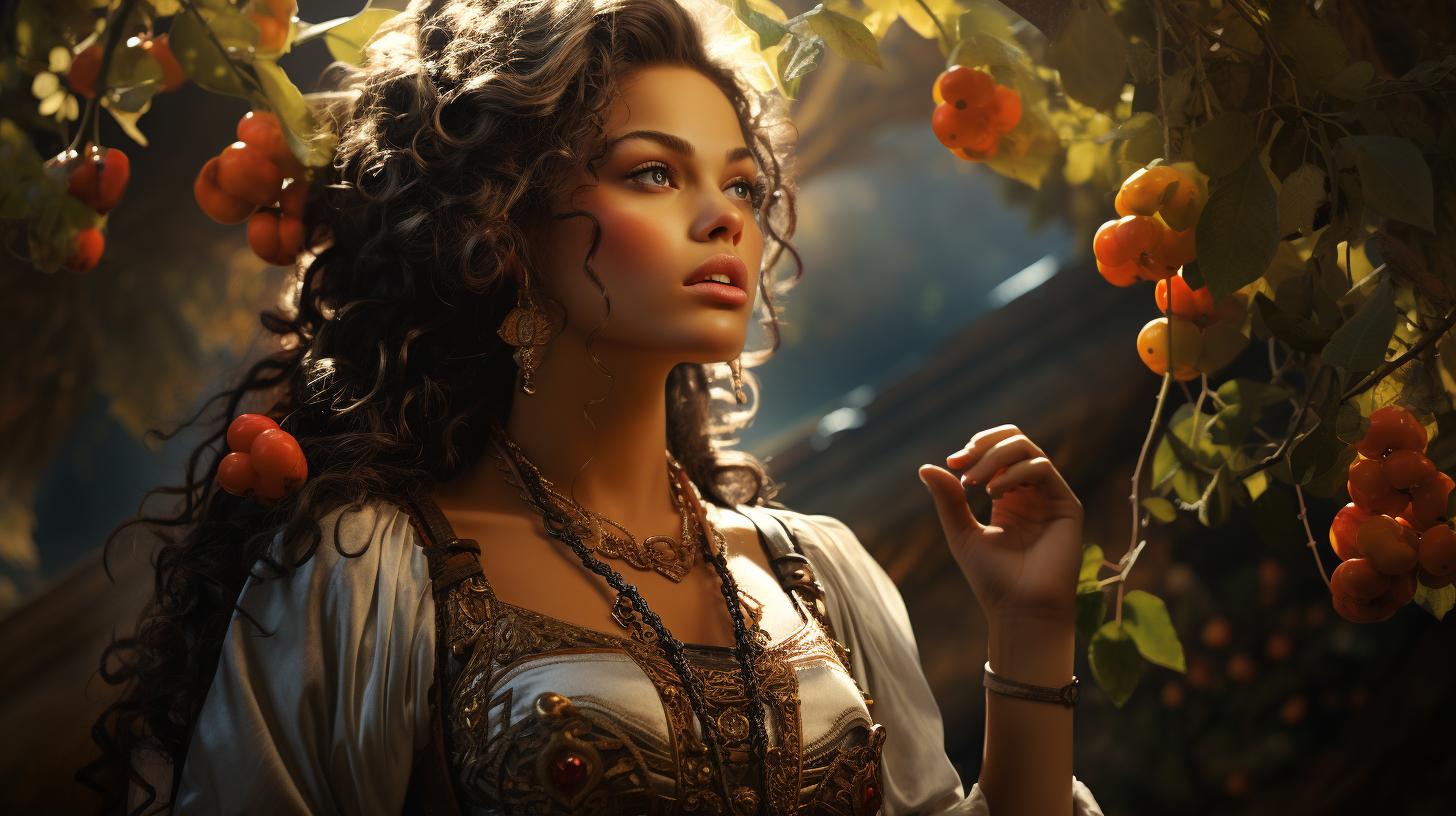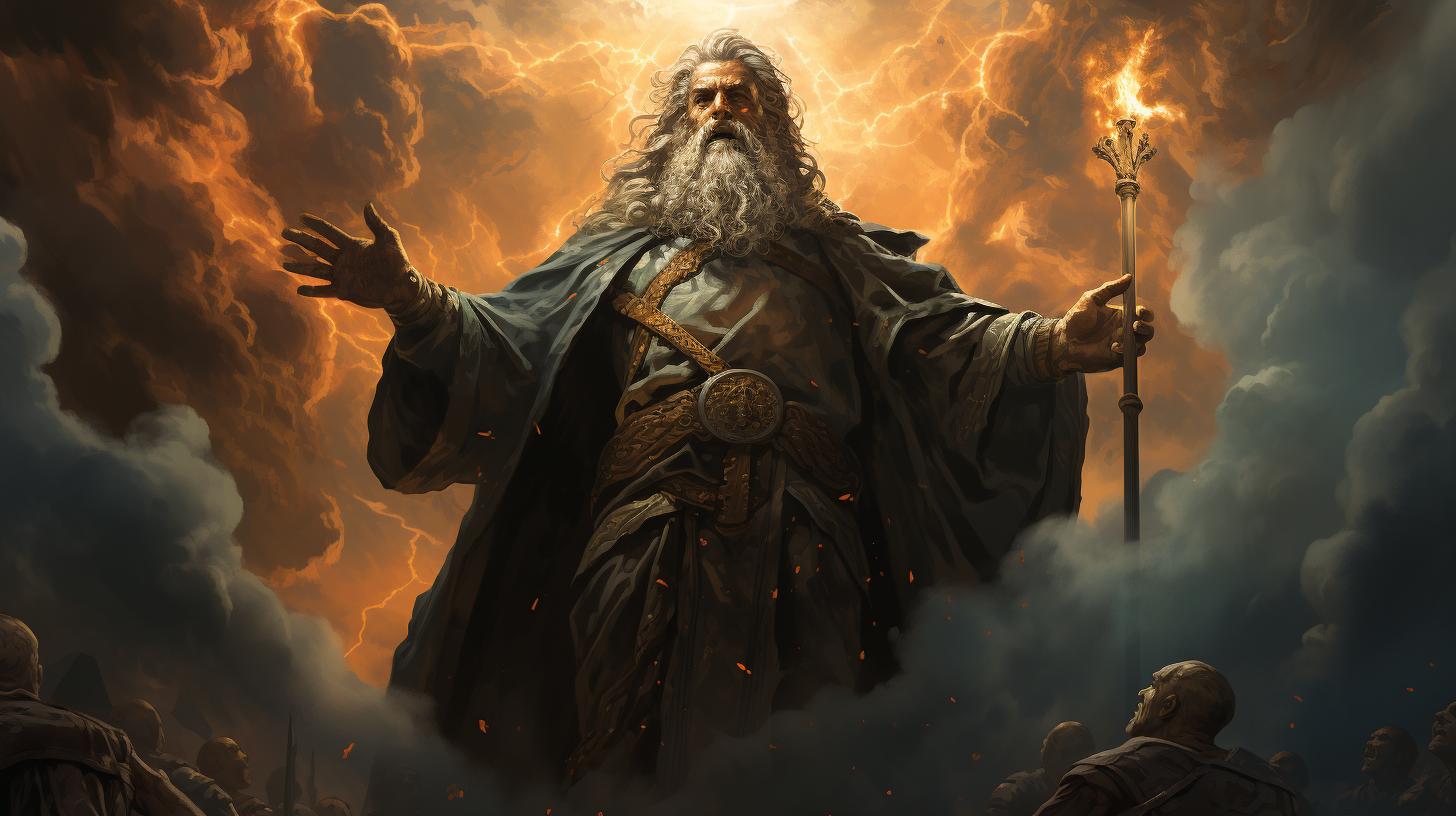Eshmun: The Divine Healer in Ancient Phoenician Beliefs

Eshmun, the ancient Phoenician god of healing, held a significant position in the pantheon of the region. Worshiped in the city of Sidon, his temple, originally built in the 7th century BC, evolved over time with additions by various monarchs.
Eshmun’s cult extended beyond public religion, encompassing popular and private beliefs. Associated with the god Baal in Syrian tradition, Eshmun’s divinity represented health, wealth, and salvation. Remnants of his sanctuary have been found in Sidon, showcasing the importance of his worship in the ancient Near East region.
History of Eshmun god of healing
The origins of Eshmun in Phoenician mythology
Eshmun, the god of healing, originated from ancient Phoenician mythology. He was initially a nature deity and a god of spring vegetation. Over time, Eshmun’s divine attributes evolved as the Phoenician pantheon evolved, acquiring celestial and cosmic characteristics.
The mythology surrounding Eshmun tells a story of his transformation into a celestial god after being pursued by Astarte, the goddess of love. This mythological tale highlights his significance in Phoenician beliefs.
Early worship and rituals dedicated to Eshmun
The worship of Eshmun dates back to ancient times, and he was venerated through various rituals and ceremonies. Early devotees sought his healing powers and believed in his ability to bring renewal and vitality to life.
Ritual practices included ablution and purifications in the sacred waters brought from the Asclepius River and the holy spring ‘YDLL’. These rituals were aimed at therapeutic and purifying purposes, reinforcing the belief in Eshmun’s healing abilities.
Development of Eshmun’s divine attributes and role
As the Phoenician civilization grew, so did the divinity of Eshmun. He became associated with celestial and cosmic powers, which elevated his status within the pantheon. Eshmun’s role extended beyond healing to encompass aspects of salvation and renewal of life.
His divine attributes represented the interconnectedness between physical health, spiritual well-being, and the cyclical nature of existence.
Eshmun’s significance in the Phoenician pantheon
Within the Phoenician pantheon, Eshmun held a prominent position as the god of healing. His cult was not limited to public religious practices but extended into the realm of popular and private beliefs.
Eshmun’s importance in the Phoenician religious landscape was underscored by his association with the god Baal, both sharing salvific roles. His significance reverberated throughout the ancient Near East, as evidenced by dedications and epigraphs found in different regions such as Syria, Palestine, and Egypt.
Eshmun’s Temple in Sidon
The Temple of Eshmun in Sidon holds great significance as a place of worship for the Phoenician god of healing. This section delves into the construction, expansion, and unique architectural elements of the temple complex, as well as the rituals and healing ceremonies conducted within its sacred walls.
Construction and expansion of the Temple of Eshmun
The original temple, built in the 7th century BCE by King Eshmunazar II, underwent numerous expansions and additions by successive monarchs. These expansions resulted in a blend of architectural styles that reflect the evolving tastes and influences of different periods.
Architectural styles and features of the temple complex
The temple complex boasts a grand terrace with a massive limestone wall surrounding it. Atop the monumental podium stands the marble temple of Eshmun, showcasing a captivating blend of Greek and Persian architectural elements.
The sanctuary’s design is a testament to the cultural exchange between Phoenicia and neighboring civilizations.
Ritual practices and healing ceremonies in the temple
The Temple of Eshmun was not only a place of worship but also served as a center for medicinal and therapeutic practices. The temple featured ritual ablution basins fed by channels carrying water from the sacred Asclepius River and the YDLL sacred spring.
These facilities were utilized for therapeutic and purifying purposes, emphasizing the deity’s role as the god of healing.
The temple’s rituals and healing ceremonies were conducted by priests skilled in ancient medical and spiritual traditions.
Offerings and prayers were made to Eshmun, seeking his divine intervention for physical, emotional, and spiritual healing. The significance of these practices highlights the societal reliance and faith in Eshmun’s powers of rejuvenation and restoration.
Eshmun’s Cult and Beliefs
The worship of Eshmun, the god of healing, extended beyond public religious practices and was deeply intertwined with popular and private beliefs. Eshmun dominated the sacred imagination of the Phoenician people, offering hope and solace through his healing powers.
Popular and private worship of Eshmun
Eshmun’s cult was not confined to formal religious ceremonies but permeated the daily lives of the Phoenician populace. In homes, individuals sought his blessings for health, prosperity, and protection from ailments.
Shrines dedicated to Eshmun were erected in households, where families would perform private rites and engage in personal devotion.
Moreover, communities outside the temple complex gathered to honor Eshmun through festive celebrations, processions, and communal rituals. These gatherings reinforced social cohesion, emphasized the significance of Eshmun’s healing attributes, and fostered a collective sense of well-being.
Connection between Eshmun and the god Baal
Eshmun’s association with the prominent Phoenician god, Baal, reflects their shared roles in promoting salvation and restoration. While Eshmun held a specific healing domain, he often intermingled with Baal in religious narratives and practices.
The belief in their complementary powers further solidified Eshmun’s prominence within Phoenician cosmology.
Spread of Eshmun’s cult in the ancient Near East
The popularity of Eshmun’s cult extended throughout the ancient Near East, bridging borders and cultures. From significant Phoenician cities like Sidon and Beirut to regions in Syria, Palestine, and Egypt, the worship of Eshmun left a considerable impact.
This widespread veneration of Eshmun was facilitated by Phoenician trade networks, fostering the exchange of ideas, religious practices, and artifacts. As Phoenician colonies were established across the Mediterranean, the influence of Eshmun’s cult grew, leaving traces of devotion in various archaeological remains and inscriptions.
Eshmun in Mythology and Legends
Eshmun, the ancient Phoenician god of healing, was surrounded by fascinating myths and legends that showcased his unique transformation into a celestial deity. These mythological stories offer insight into the significance of Eshmun in the Phoenician pantheon and his relationship with other prominent figures, such as Astarte, the goddess of love.
Eshmun’s Mythological Story and Transformation into a Celestial Deity
According to Phoenician mythology, Eshmun was originally a young man from Beirut who faced the pursuit of Astarte, the goddess of love. In his attempt to escape her clutches, Eshmun courageously castrated himself with an axe, resulting in his death.
However, Astarte resurrected him and transformed him into a celestial god, bestowing him with divine healing powers.
This mythological narrative symbolizes the transformative power of Eshmun, as he evolved from a mortal being into an immortal deity associated with the renewal of life and the healing of ailments.
His castration and resurrection serve as a metaphor for the cyclic nature of life and death, reinforcing his role as a god of regeneration and rejuvenation.
Influence of Astarte, the Goddess of Love, in Eshmun’s Mythology
Astarte, as the goddess of love and desire, played a significant role in Eshmun’s mythology.
In some versions of the myth, her pursuit of Eshmun serves as a representation of the eternal longing for love and connection. This aspect highlights Eshmun’s divine nature and his ability to bring about healing and fulfillment of desires.
The intertwining of Eshmun and Astarte’s narratives exemplifies the inseparable connection between healing and love in the ancient Phoenician worldview. Eshmun’s healing powers and Astarte’s allure and passion merge to depict a holistic approach to well-being, where physical, emotional, and spiritual healing intertwine.
These mythological tales surrounding Eshmun provide profound insights into the cultural and religious beliefs of the Phoenicians, showcasing the importance of healing and love in their worldview. The stories of Eshmun’s transformation and his relationship with Astarte continue to captivate and inspire, emphasizing the enduring significance of this god of healing in ancient Phoenician mythology.
Sidon as the Center of Eshmun Worship
Sidon, a prominent ancient city, held great importance as the center of Eshmun worship. The god’s presence in Sidon shaped the religious and cultural landscape of the city.
Eshmun’s importance in the city of Sidon
Eshmun held a position of high reverence in Sidon, being regarded as the most significant deity within the city.
The people of Sidon deeply believed in his healing powers and sought his divine intervention for physical well-being and spiritual renewal.
Discoveries and remnants of Eshmun’s sanctuary in Sidon
Archaeological excavations in Sidon have unearthed fascinating remnants of Eshmun’s sanctuary, shedding light on the grandeur and significance of the temple complex. These discoveries include architectural fragments, inscriptions, and relics associated with the rituals performed in honor of Eshmun.
Evidences of Eshmun’s cult in surrounding regions
Not only was Eshmun’s influence limited to the city of Sidon, but his presence and cult extended to the surrounding regions of the ancient Near East. Evidence in the form of dedicatory inscriptions, artifacts, and epigraphy found in Syria, Palestine, and Egypt attest to the widespread devotion to Eshmun.












